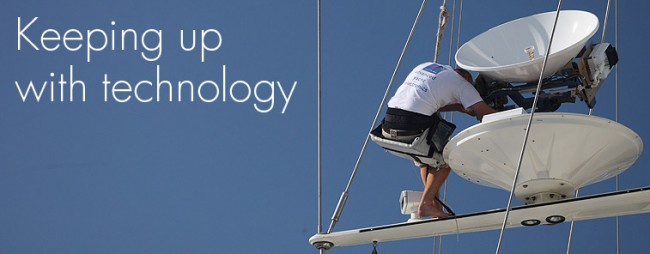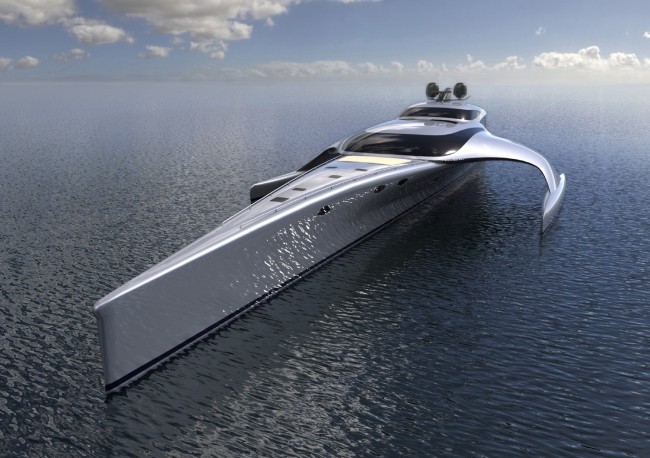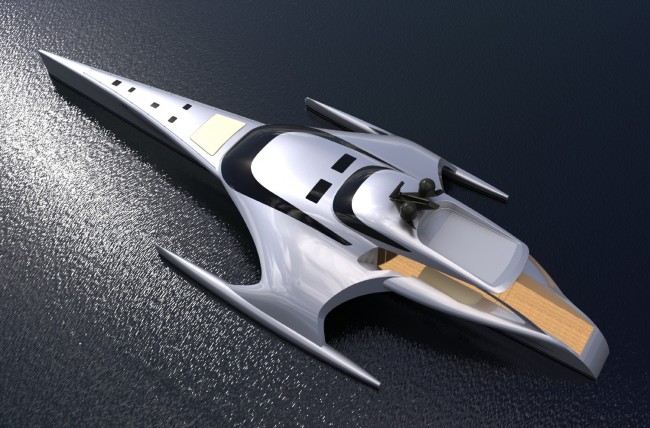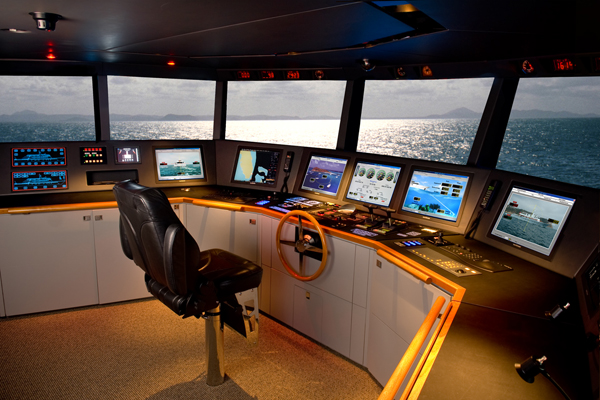Activelink chief engineer Go Shirogauchi wearing the robotic exoskeleton inspired by Aliens / Activelink Source: Reuters
- Construction robot inspired by Aliens
- Research being funded by Panasonic
- More: Technology news and reviews
JAPANESE engineers have taken us one step closer to the robot revolution by developing a machine inspired by the movie
Aliens.
The Dual-Arm Power Amplification Robot gives users superhuman strength and resembles the hydraulic exoskeleton worn by Sigourney Weaver in the climactic scene of the sci-fi classic.
The robot is being developed for disaster relief situations and can lift more than 100kg.
However it weighs 230kg – heavy enough to crush the average human without support.
Chief engineer Go Shirogauchi told news.com.au his team was currently working on a way to make the arms lighter for standalone use.
"The main material used is aluminium alloy," Mr Shirogauchi said.
"Though aluminium itself is a light material compared to iron, in order to make the body lighter we are making some parts of the arms and legs hollow."
Mr Shirogauchi said the first design priority was to make sure the operator was safe.
"The most important challenge is not to injure the operator with the amplified power," he said.
"For that challenge, a delicate control and a mechanics design which does not put too much force onto a human in the worst situation is required."
The robot, dubbed the "Power Loader" after its Hollywood counterpart, uses 18 electromagnetic motors with direct force feedback that allow the human operator to control its behaviour.
"Most robot researchers think that robots should move as automatically as possible with very little human instruction," Mr Shirogauchi said.
"What we are developing is a robot which moves only when an instruction is given from a human and moves exactly according to that instruction."
The robot's primary purpose is construction and comes with interchangeable parts to adapt to any situation.
"Our intention is not to develop a small power shovel, but to create a common platform which can be applied to many areas other than the construction sites," Mr Shirogauchi said.
"It's like the body of a truck. A truck can be converted to a dumper truck, a cement mixer car, a crane car, a fire engine, a bus or something else by replacing the carrier."
Mr Shirogauchi said Activelink had no plans for the robot to be modified for combat, but people had expressed interest in its use in disaster relief and warehouses.
The arms are expected to cost ¥30 million ($357,260) when the robot becomes fully operational. Activelink hope to finish work on it by 2015.
Activelink is owned by Panasonic and financed by the consumer technology company's Spin-Up Fund. The fund is designed to support employee projects.


















































